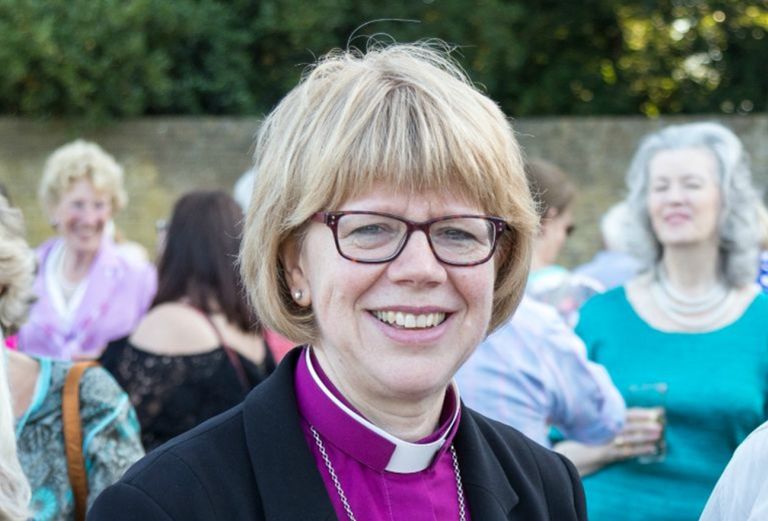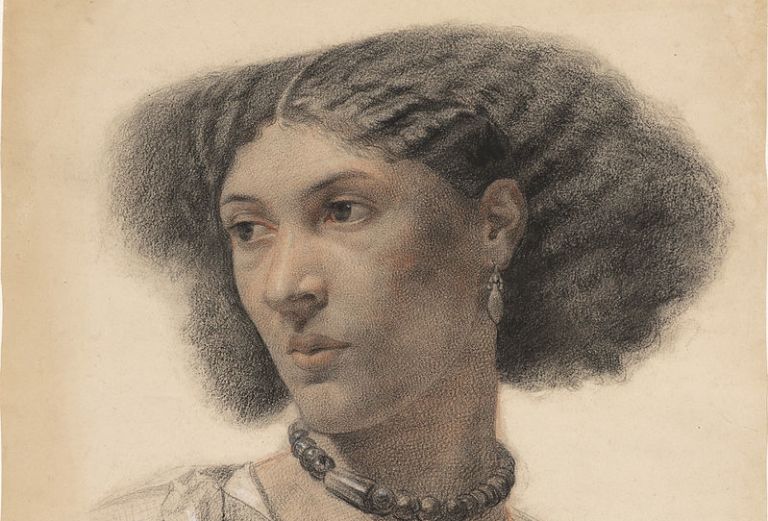
This International Women’s Day, we’re taking a look at 8 women who are part of local and Palace history.
Nanny of the Maroons: c. 1686 – c. 1760
Nanny of the Maroons is thought to have been born around 1686 in an Asante village in what is now modern-day Ghana. Nanny led a community of formerly enslaved Africans, called the Windward Maroons, to victory against British colonial authorities in Jamaica. She led attacks on plantations to retrieve food and weapons, as well as rescue enslaved Africans. A highly spiritual woman who practised Obeah, Nanny of the Maroons was a mediator between African ancestors, gods and the living freedom fighters. Although many aspects of her life are shrouded in mystery and uncertainty, Nanny’s legacy lives on to this day – she is now a Jamaican national hero. As Fulham Palace is committed to addressing the issues of power, racism and inequality within our history, our upcoming exhibition ‘The Bishop of London, colonialism and transatlantic slavery: resistance’ will be focussing on resistance by enslaved people.
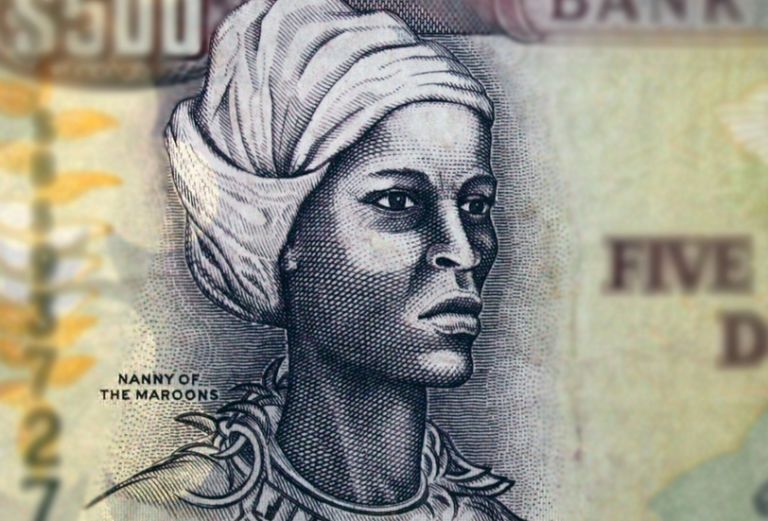
Catharine Tait: 1819 – 1878
Catharine Tait was known for her philanthropy and activism, notably for her support of charities for women and children, such as the Workhouse Visiting Society. Until Catharine’s death, she was an ardent supporter in bridging the gap between the rich and the poor – she frequently visited workhouses and schools, giving her time and energy to those who needed it most. After her husband, Archibald became Bishop of London in 1856, Catharine continued in what she considered her duty to help others. Catharine founded a home for orphans in Kent, and another small house in Fulham was being used for the same purpose, where thirty-four orphans were cared for.
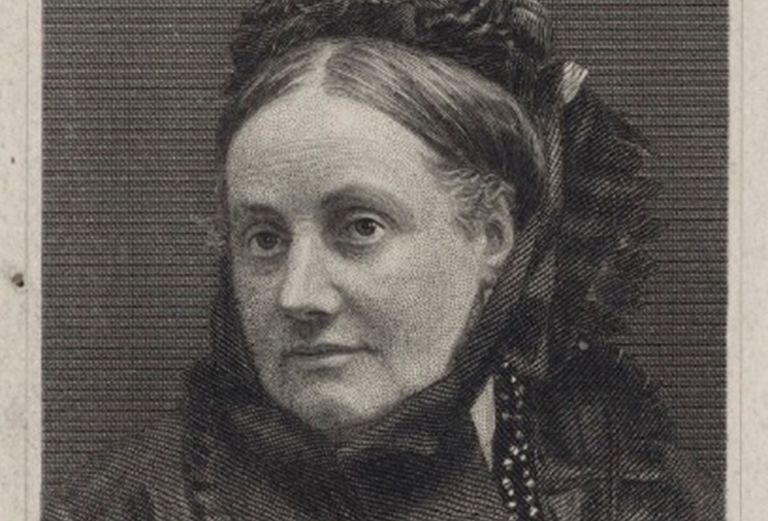
Fanny Eaton: 1835 – 1924
Fanny Eaton was born in Jamaica in 1835, before coming to England with her mother sometime in the 1840’s. Her distinctive look caught the eyes of those within the influential and popular art movement called the Pre-Raphaelites, notably Simeon Solomon and Dante Gabriel Rosetti. Some of the famous works Fanny appears in can be seen at the Tate Britain today. Fanny’s public modelling career allowed for the inclusion and appreciation of Black people within art who, if they were represented at all, were typically negatively portrayed. Fanny lived in Hammersmith until her death in 1924, and helped the Victorian art movement become more visually inclusive.

Louise Creighton: 1850 – 1936
A prolific reader, Louise Creighton devoted her life to the empowerment of women, encouraging the education of women, especially as she was regretful that she had not benefitted from a formal education herself. Her involvement in women’s suffrage led to the foundation of the National Union of Women Workers a year later, alongside Lady Laura Ridding and Emily Janes. When Bishop Creighton (Bishop of London from 1897 – 1901) and Louise lived at Fulham Palace, they both became concerned for their local community which had become overcrowded and unsanitary in recent years. Together they founded the nearby Bishop Creighton’s House, a charity which continues to care for the community to this day. After her husband’s death in 1901, Louise continued her unwavering advocacy of women’s suffrage and social reform, before passing away on 15 April 1936.

Christina Broom: 1862 – 1939
A determined and extremely driven woman, Christina Broom taught herself camera photography after borrowing a box camera. After some failed business endeavours, possibly due to her husband’s leg injury, Christina began selling photography postcards in a stall in the Royal Mews – this stall was maintained until 1930. When her family moved to Burnfoot Avenue, Fulham, Christina cleverly used the coal cellar as her dark room, where she was assisted by her daughter Winifred. The two were prolific in their work – in one night, they managed to develop 1,000 postcards! In 1904, Christina was promoted as the official photographer to the Household Division, although she still continued to photograph locally. In 1909 she took images at the English Church Pageant at Fulham Palace, with her also attending the Army Pageant the following year. Perhaps the most famous of Christina’s photographs are those documenting the women’s suffrage movement. Christina’s work was incredibly popular, and her remarkable talent and deep dedication are still evident decades after her death in 1939.
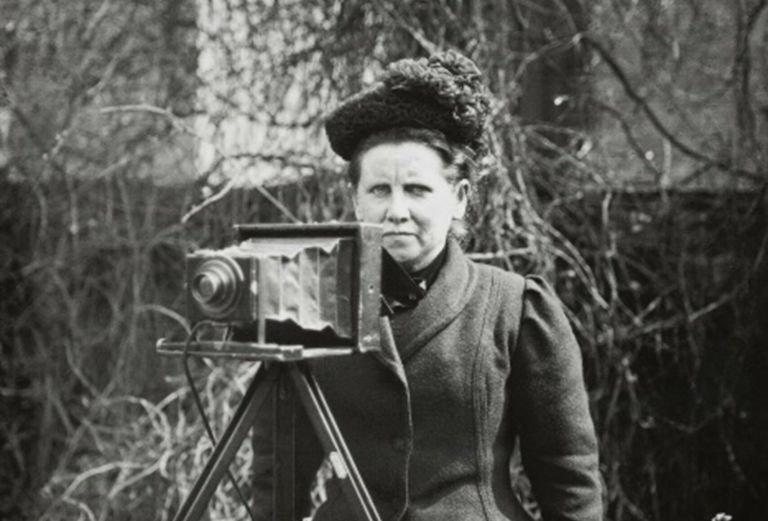
Sister Mary Latchmore: 1871 – 1939
Born in South Shields in 1871, Sister Mary Latchmore (nee Braban) was a dedicated and conscientious nurse. Between 7 August 1914 and 11 November 1918, Sister Latchmore nursed the sick and wounded in France, having one of the best records of any war nurse. She was awarded several medals, including the 1914 Star and the Victory Medal! Upon landing back in England, she resided at the Freemasons Hospital No. 2 at Fulham Palace. Although the hospital was only open for a short time, closing in 1919, we know a good deal about the Palace and the inhabitants of the time thanks to Sister Latchmore’s scrapbook. This wonderful memento, filled with drawings, painting and poems, is currently being researched by our archive team. Sister Latchmore moved to New Zealand after the Great War to continue her career. Unfortunately, her own ill-health forced her to give up her work towards the end of 1937, before passing away a little less than two years later in 1939.
Learn more about Sister Mary Latchmore’s time at Fulham Palace.
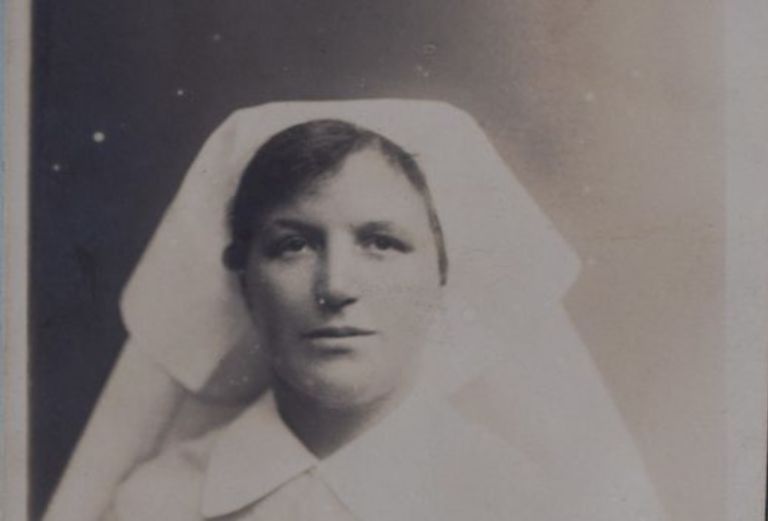
Maureen Dolphin: 1925 – 2007
A short time later Britain was at war again and the Palace was no stranger to the bombing raids over London. Members of the WAAF (Women’s Auxiliary Airforce) were stationed at Fulham Palace, including Maureen Dolphin. A letter she wrote in 1991 details some of her day-to-day life, in which she and her colleagues slept in a room above the archway to the Tudor courtyard and had their meals in the Gothic lodge. Although Maureen said she had a ‘charmed existence’ at the Palace, and was generally lucky with regards to bombings, Maureen and the other WAAFs did find an unexploded German bomb on the grounds! Maureen died in 2007, and considered her post at the Palace as a ‘happy time’.
Learn more about what life was like during the war with our upcoming free family event on 26 March.
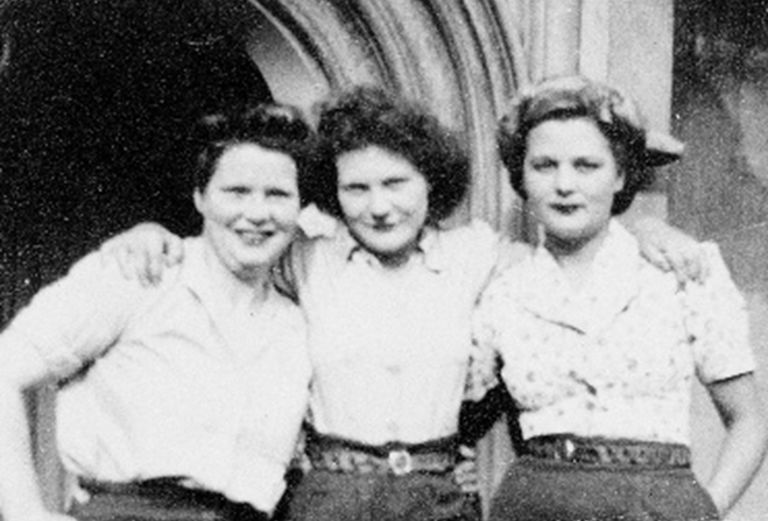
Bishop Sarah Mullally: 1962 –
Making history as the first woman Bishop of London, Dame Sarah Mullally DBE has been in the role since 2018. After deciding to become a nurse when she was studying for A levels Bishop Sarah then went on to complete a nursing degree. Later, she began her training for ordained ministry, becoming the Bishop of Crediton in 2015. On 8 March 2018, Bishop Sarah became Bishop of London. As a self-described feminist, Sarah continues to encourage women in the priesthood by ordaining both men and women, stating ‘My belief is that Church diversity throughout London should flourish and grow; everybody should be able to find a spiritual home’. Although the Bishop of London no longer resides at Fulham Palace, Bishop Sarah continues to support the work of Fulham Palace Trust, attending the Chair’s summer garden party every year.
